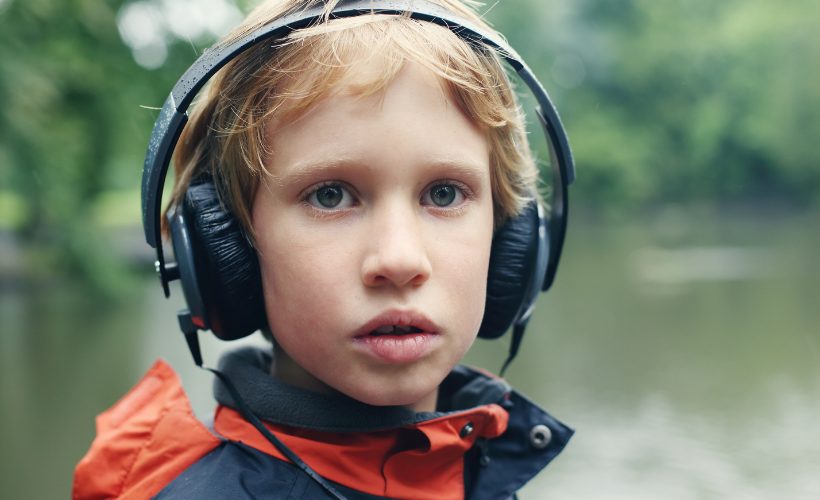
International research indicates people with Autism Spectrum Disorder (ASD) are at greater risk of premature death due to drowning compared with the general population. Pre-existing medical conditions are one factor that can increase drowning risk.
While seizure disorders such as epilepsy have been specifically identified, recent studies have focused on ASD and the increased risk of child injury. Intellectual disabilities, epilepsy, mental health and chronic physical health conditions are also associated with increased risk of death among those with ASD.
In Australia, between 2002/03 and 2017/18 (16-year period), 33 people drowned where ASD was known to be a factor, accounting for 0.7% of the total drowning deaths during this time. Children aged 0 to 9 years accounted for 70% of ASD-related drowning deaths. Inland waterways (river/creek and lake/dam) were the most common location for drowning in these cases.
People with ASD are often drawn to water. In particular, people with ASD have a greater tendency to wander - that is, they may leave a safe area in search of a retreat away from overstimulation (eg, crowds, noise or other stimuli) and may naturally gravitate towards water as a means of alleviating their sensory needs but without understanding the risks it may present. Supervision around water, including when bathing, is therefore paramount.
With the right support and learning environment, people with ASD can learn to swim. Strategies include small group or one-on-one lessons with a specialised instructor. It is worth noting that, although people with ASD may have had swimming lessons, they may experience difficulties translating these skills across different environments. Close supervision, and water safety education, including exposure to different aquatic environments, is essential in preventing drowning among people with ASD.
How to stay safe
The principles of Keep Watch apply to people with autism as well. These include:
- Supervise
- Restrict
- Teach
- Respond
Supervision
Actively supervise people with ASD around water at all times. This means focusing your attention on the person all of the time, whenever in, on or around water. People with ASD are known to wander and gravitate towards water. Being within arm’s reach in the water, and maintaining close, constant visual contact at all times is recommended.
Restrict access to water
- Ensure that there is fencing around pools/spas which includes a self-closing and self-latching gate. Ensure the fence and gates are regularly checked and maintained.
- Closing bathroom doors after use.
- Cover pools/spas and tanks.
- Place mesh on water features and fish ponds.
- Securely fasten lids on nappy buckets.
- Remove toys from water when not in use.
- Inflatable (portable) pools with a depth greater than 30cm need to be fenced by law. Check with your local council for specific pool fencing regulations.
Teach water awareness
Help people with ASD to become familiar with water. This involves checking for and removing water hazards, setting rules around water and discussing water safety. People with ASD may require one-on-one lessons with a specialised instructor trained to teach people with ASD.
Respond
Learn resuscitation/CPR, first aid skills and know how to save a life in the case of an emergency.
